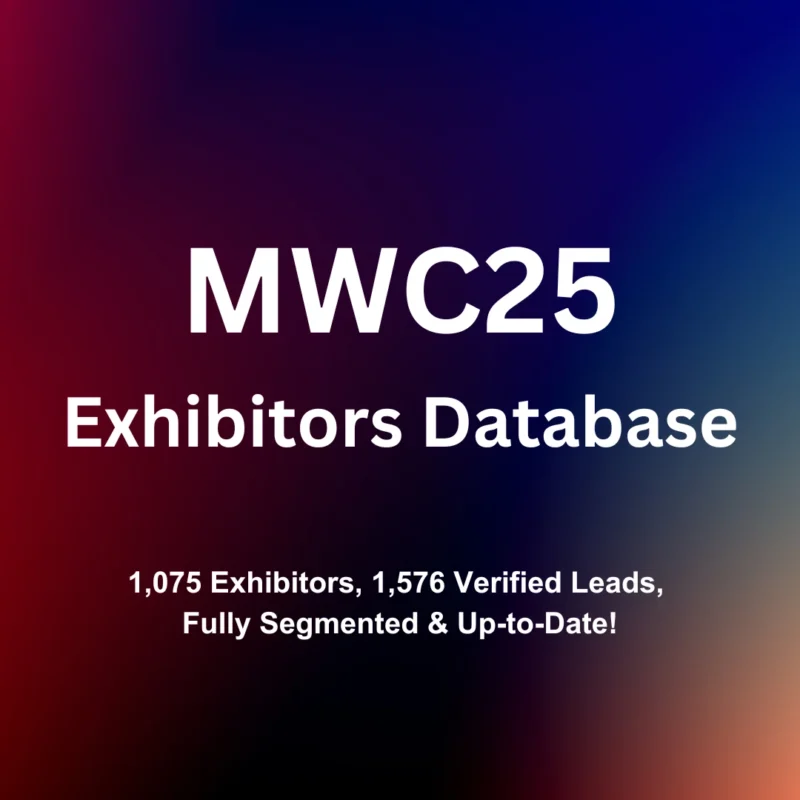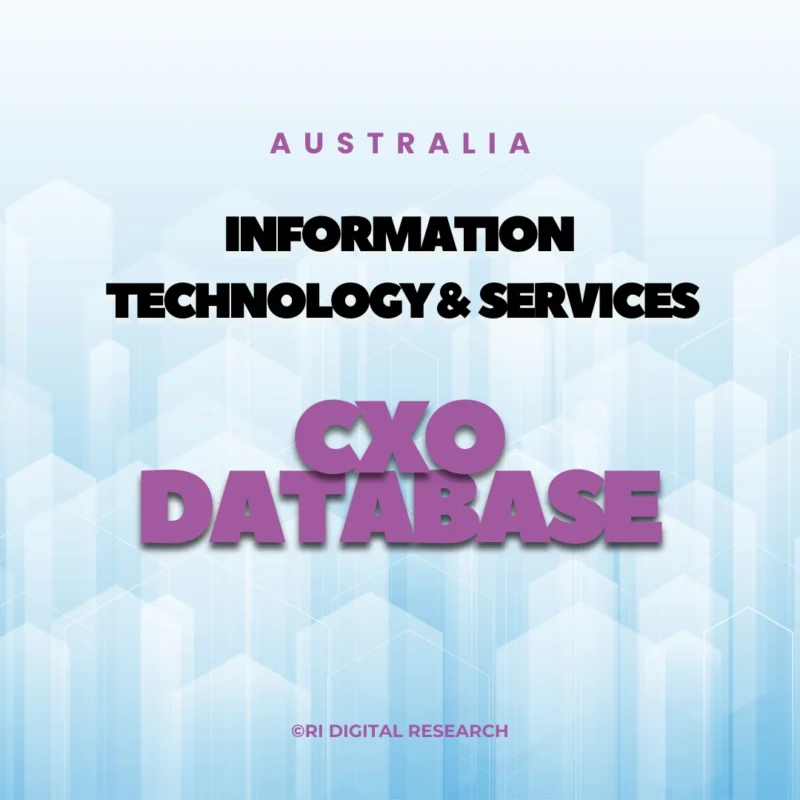Did you know that 72% of businesses have integrated some form of AI into their operations, and 61% say it’s essential to staying competitive? At RI Digital Research, we’re seeing this firsthand. From automating data collection to identifying patterns faster than ever, AI digital research is no longer a trend—it’s our everyday reality.But as we dive deeper into these technologies, it’s clear there’s more to the story. Yes, AI boosts efficiency and scale, but it also comes with tough ethical questions and practical limitations. In this post, I’m pulling back the curtain to share how we’re leveraging AI in our research workflows—and what we’ve learned along the way.
The Power of AI in Streamlining Digital Research
Let’s start with what AI gets right. One of the biggest wins for us has been automating data processing. We used to spend days scraping and cleaning datasets from social media, forums, and niche online communities. Now? Tools like ChatGPT and Synthesio help us surface trends in hours, not days.
Take one recent project—we needed to analyze sentiment around wearable health tech across 12 countries. Pre-AI, we would’ve needed weeks and a small army of analysts. But with the right AI stack, we processed 20,000+ posts and extracted thematic insights in under 72 hours.
That kind of speed isn’t just impressive—it’s game-changing.
Human + Machine: Not Replacing, But Augmenting
There’s a misconception that AI means fewer people. For us, it’s the opposite. AI digital research amplifies what our human researchers can do. We still rely heavily on human judgment—especially when it comes to interpreting cultural nuance or testing assumptions against real-world behaviors.
We often say: AI gives us breadth, people give us depth.
For example, AI can cluster discussions about sustainability trends. But it’s our analysts who detect greenwashing cues or regional nuances that machines miss. The synergy is what makes the insight meaningful.
Ethical Landmines and Practical Limits
Of course, AI isn’t magic—and it isn’t neutral. One of the thorniest issues we face is bias in datasets and algorithms. If a training dataset is skewed, so is the output. We encountered this in a project analyzing diversity discourse in tech hiring—AI misclassified certain inclusive terms as negative due to flawed sentiment training.
We now use a multi-check system where human analysts review flagged results before drawing conclusions. Transparency and accountability are non-negotiable. Just because AI can do something doesn’t mean it should.
We’re also cautious about over-relying on automation. AI is great at summarizing, but it can’t ask a new question or follow a hunch. That still requires human curiosity.
Where We’re Going Next
Looking ahead, we’re exploring AI-driven qualitative analysis, like using large language models to simulate focus group dynamics or test messaging in real time. It’s early days, but the potential is massive.
We’re also investing in internal training to make sure our teams know not just how to use AI—but when not to. Context is everything.
Ultimately, our approach to AI digital research is grounded in this principle: use it to enhance, not replace, human intelligence.
Final Thoughts: Use AI, But Stay Human
AI is pushing the boundaries of what’s possible in digital research. At RI Digital Research, it’s helping us go faster, dig deeper, and ask smarter questions. But the best results come when we pair machine learning with human insight.
If you’re exploring AI digital research in your own organization, my advice is simple: experiment boldly, but question often. The future isn’t AI versus people—it’s AI with people.








